Defining Memory
AMERICAN ASSOCIATION FOR STATE AND LOCAL HISTORY
BOOK SERIES
SERIES EDITOR
Thomas A. Mason
EDITORIAL ADVISORY BOARD
Jerome L. Thompson, State Historical Society of Iowa
Eric Emerson, Maryland Historical Society
Kelly Wilkerson, Tennessee Historical Society
Elizabeth H. McClung, Belle Grove Plantation
Vicky Kruckeberg, American Textile History Museum
Russell Lewis, Chicago Historical Society
Rebecca Conard, Middle Tennessee State University
Modupe Labode, Colorado Historical Society
Ken Bubp, Conner Prairie Museum
STAFF
Serena Krombach, AltaMira Press
Terry Davis, AASLH
ABOUT THE SERIES
The American Association for State and Local History Book Series publishes technical and professional information for those who practice and support history, and addresses issues critical to the field of state and local history. To submit a proposal or manuscript to the series, please request proposal guidelines from AASLH headquarters: AASLH Book Series, 1717 Church St., Nashville, Tennessee 37203. Telephone: (615) 320-3203. Fax: (615) 327-9013. Web site: www.aaslh.org.
ABOUT THE ORGANIZATION
The American Association for State and Local History (AASLH) is a nonprofit educational organization dedicated to advancing knowledge, understanding, and appreciation of local history in the United States and Canada. In addition to sponsorship of this book series, the Association publishes the periodical History News, a newsletter, technical leaflets and reports, and other materials; confers prizes and awards in recognition of outstanding achievement in the field; and supports a broad education program and other activities designed to help members work more effectively. To join the organization, contact: Membership Director, AASLH, 1717 Church St., Nashville, Tennessee 37203.
ALTAMIRA PRESS
A division of Rowman & Littlefield Publishers, Inc.
A wholly owned subsidiary of The Rowman & Littlefield Publishing Group, Inc.
4501 Forbes Boulevard, Suite 200, Lanham, MD 20706
www.altamirapress.com
Estover Road, Plymouth PL6 7PY, United Kingdom
Copyright 2007 by AltaMira Press
All rights reserved. No part of this publication may be reproduced, stored in a retrieval system, or transmitted in any form or by any means, electronic, mechanical, photocopying, recording, or otherwise, without the prior permission of the publisher.
British Library Cataloguing in Publication Information Available
Library of Congress Cataloging-in-Publication Data
Defining memory : local museums and the construction of history in Americas changing communities / edited by Amy K. Levin.
p. cm. (American Association for State and Local History book series)
Includes bibliographical references and index
ISBN-13: 978-0-7591-1049-6 (cloth : alk. paper)
ISBN-10: 0-7591-1049-2 (cloth : alk. paper)
ISBN-13: 978-0-7591-1050-2 (paper : alk. paper)
ISBN-10: 0-7591-1050-6 (paper : alk. paper)
1. Historical museumsUnited States. 2. Historic buildingsUnited States. 3. Historic sitesUnited States. 4. MuseumsSocial aspectsUnited States. 5. MuseumsUnited StatesManagement. 6. United StatesHistory, Local. 7. Public historyUnited States. 8. MemorySocial aspectsUnited States. 9. Community lifeUnited States. I. Levin, Amy K., 1957
E172.D44 2007
973.075--dc22
2006100277
Printed in the United States of America
 The paper used in this publication meets the minimum requirements of American National Standard for Information SciencesPermanence of Paper for Printed Library Materials, ANSI/NISO Z39.48-1992.
The paper used in this publication meets the minimum requirements of American National Standard for Information SciencesPermanence of Paper for Printed Library Materials, ANSI/NISO Z39.48-1992.
Acknowledgments
First, I wish to express my thanks to the authors of the articles in this book for their perseverance through various revisions and delays not of their own making. Their continuing commitment to this project was heartwarming.
Second, my thanks to Martin Johnson, formerly of Northern Illinois University Press, for his enthusiasm about publishing this work. I was assisted at various stages in the process by current and former Northern Illinois University graduate students Erika Mann, Kai Zhang, and Lise Schlosser, all of whom helped with organizational tasks and ensuring the correctness of the manuscripts documentation. The Graduate School and the College of Liberal Arts and Sciences of the university provided travel funds for my research on New York museums in 2000 and 2004.
Chapter 5 by Richard Handler and Eric Gable was originally published in Ethnos, volume 65, number 2 (2000): 23752. Eric Sandweisss article, Cities, Museums, and City Museums, is based on a short article that appeared in Exhibitionist 18.1 (Spring 1999): 4547; portions of that piece are reproduced with permission from the National Association for Museum Exhibition.
Finally, this book is dedicated to Charles Lugo, together with Samantha, Gerald, and Melissa Crane, for their patience while I worked on this manuscript. I hope that some day they will enjoy museums as much as I do.
Foreword
In the past half century, American culture has become ever more standardized. Corporate brands, retail franchises, and look-alike shopping malls stretch from coast to coast, homogenizing the consumption of fashion, decorative arts, and material goods. Broadcasters, publishers, and cinema distributors convey the same information, entertainment, and ideas to audiences throughout the country. Regional differences in dress, diet, and even language fade as patterns of commerce and communication are universalized. One notable exception to this pattern of increasing uniformity has been the preservation of local culture and distinctive identity in Americas vast number of small and local museums.
Americas justly admired best-known museums are among its largest. From New Yorks Metropolitan Museum of Art, Museum of Natural History, and Museum of Modern Art to Washingtons Smithsonian Institution and National Gallery of Art to Chicagos Art Institute and Field Museum of Natural History to Los Angeless Getty and Huntington Museums as well as their only slightly smaller counterparts in Boston, Philadelphia, Cleveland, and a few other cities, these museums are among the worlds finest. They tend, unfortunately, to overshadow thousands of smaller local museums spread across the United States that not only are significant in their own right but also bring the museum-going experience within reach of a much larger public.
People visit museums for a variety of reasons, often overlapping ones. Many are eager to gain knowledge about some aspect of the past or some specific objects. Some, frankly, go from a sense of obligation, whether to validate their own social identity or add their support to a well-regarded institution. Others go on their own or are taken by parents, teachers, or others for the purpose of learning something about a place or topic. Still others, indeed perhaps most, find their way to museums to be entertained by the beautiful, the bizarre, the rare, and the captivating.
Reasons for visiting museums are often strongly linked to a sense of place, whether ones own community or one that sparks curiosity. The desire to connect to a locale, to understand it, identify with it, or simply enjoy its distinctiveness is a common impulse that a close-by museum serves to satisfy. Museums are the communitys attic, the storage site for artifacts once created there or brought to that place for one reason or another. We may seldom visit the attic and, when we do, may find it difficult to sort through what has been preserved there, but nevertheless that is where we know to look for tangible evidence of our past. Those repositories, whether we call them attics or museums, allow us to connect somehow to a time, a place, or a phenomenon we desire to revisit in our mind or visit for the first time.


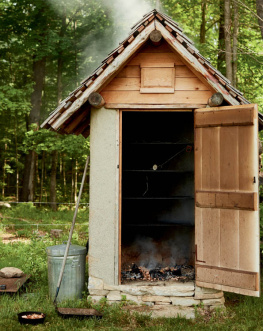
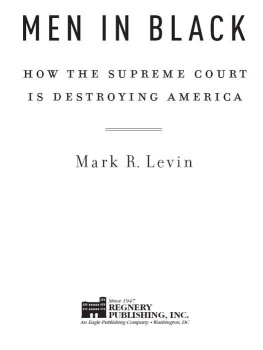
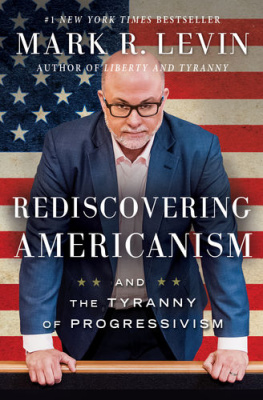

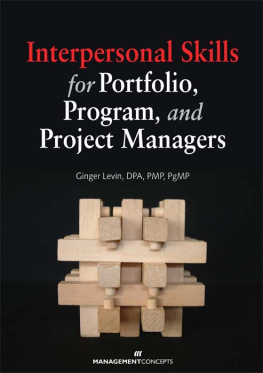



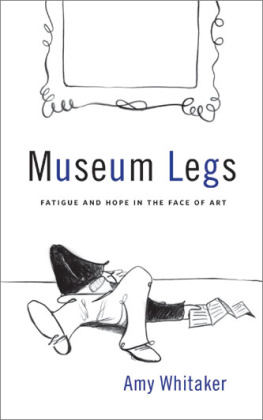

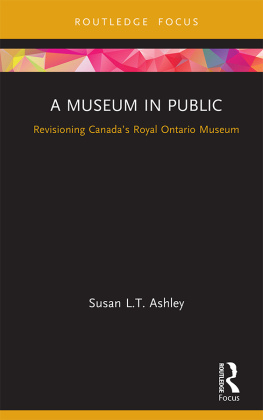
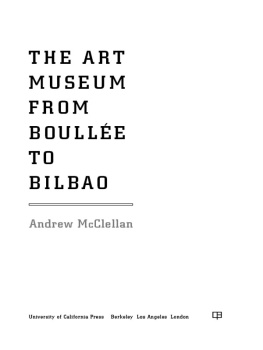

 The paper used in this publication meets the minimum requirements of American National Standard for Information SciencesPermanence of Paper for Printed Library Materials, ANSI/NISO Z39.48-1992.
The paper used in this publication meets the minimum requirements of American National Standard for Information SciencesPermanence of Paper for Printed Library Materials, ANSI/NISO Z39.48-1992.